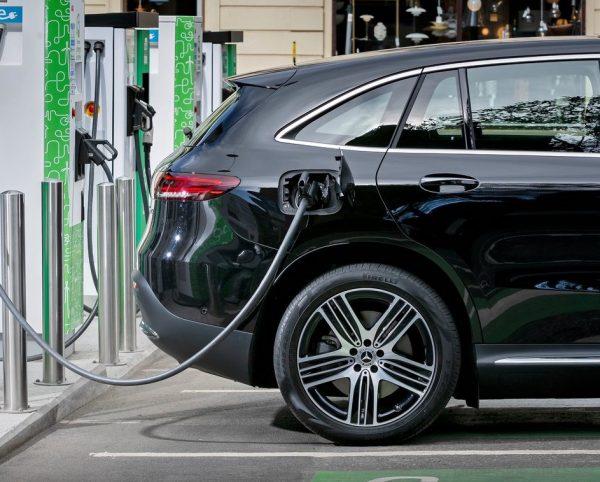Continued surge in demand for the electric car against low delivery expected.
A week ago a report from Wood Mackenzie showed how the demand for a new electric car is surging the demand for rare metals and this is ‘pushing’ the mines in third world nations to work harder with less emphasis on the environment.
Today, as car manufacturers invest hundreds of billions of dollars on battery-powered cars, they have to be sure that the supply chain will deliver what they need. They will need more lithium than the world produces right now. This is why they are working directly with the mining companies to get raw material.
Right now new electric car production is taking a majority share of battery raw material demand and will continue to do so for some time.
EV sales saw incredible growth in 2021, more than doubling to 6.5 million-plus units globally. 2022 might see the demand rising up to 11 million units and this is worrying electric car manufacturers as there is a 40,000 tonne shortage of graphite which is a much needed material for lithium-ion batteries.
Meanwhile, China seems to have the edge as they dominate the supply of graphite right now at 79 percent with South Korea a far second and Poland third.
Lets not ignore the need for nickel which is a critical material needed to manufacture lithium-ion batteries. Guess what, Russia is the biggest supplier of nickel and the invasion of Ukraine is causing supply issues to European EV battery manufacturers. Since the invasion, the price of nickel has DOUBLED to over USD100,000 per ton.

Whilst all this is going on, the sales of shiny new EV’s were particularly strong in the world’s two key markets, Europe and China, which bought a combined 84 percent of all electric passenger cars.
Both regions have benefited from a carrot-and-stick subsidy and incentive approach. Europe uses CO2 emissions regulations to encourage EV sales, while China uses a combination of quotas and emissions credits. The results are the same with all automakers where they cannot meet emissions regulations without a high share of EVs in their portfolios.
Still, nearly all EV manufacturers are confident with their growth and many are claiming a possible total global sales growth of 18 to 19 percent in 2022.
Malaysia is seeing a fast increasing demand for electric vehicles as buyers want that ‘tax free’ low running costs imported EV. However, right now there is a waiting period of 6 to 12 months for most new EV’s that have been launched. Then there are some new launches planned, like the Mazda MX-30 all electric crossover and the KIA EV6 CUV.


Planned stock of both models is very low right now due to global semiconductor chip shortages. We guess less than 20 units of each will arrive and will be sold out before we even get to test drive them.